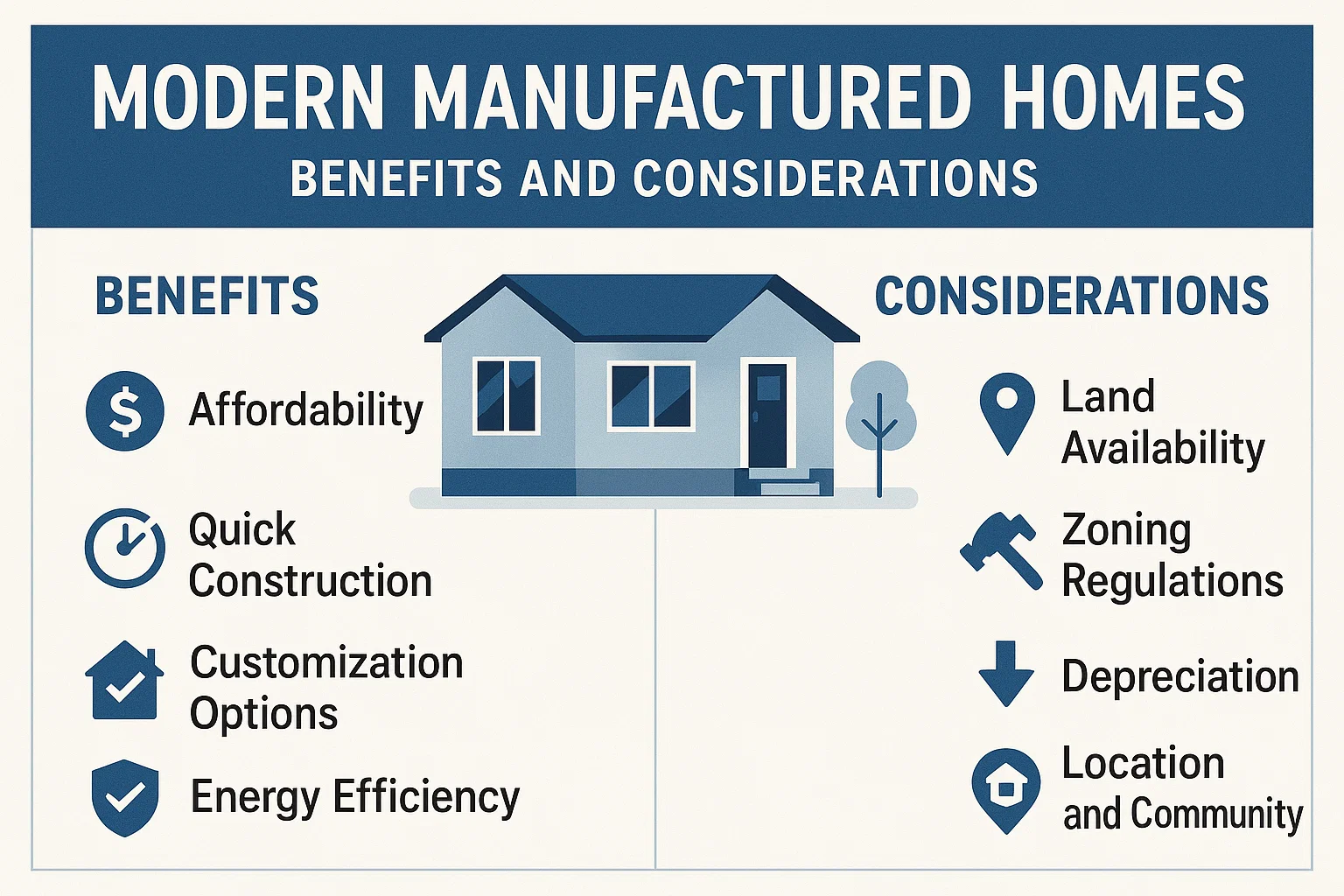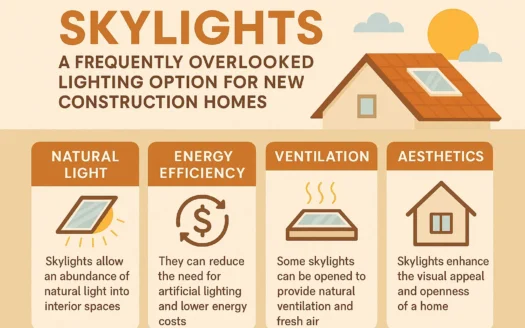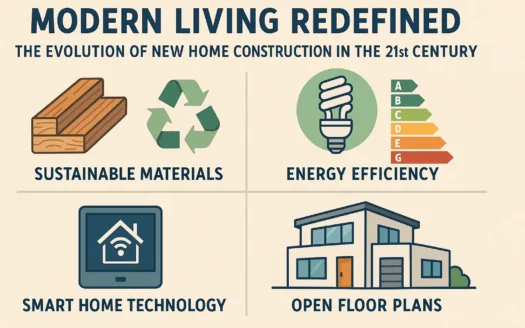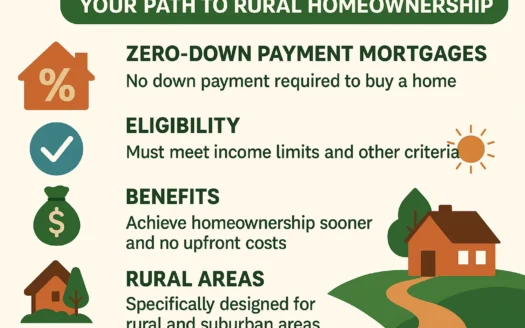Modern Manufactured Homes: Benefits and Considerations
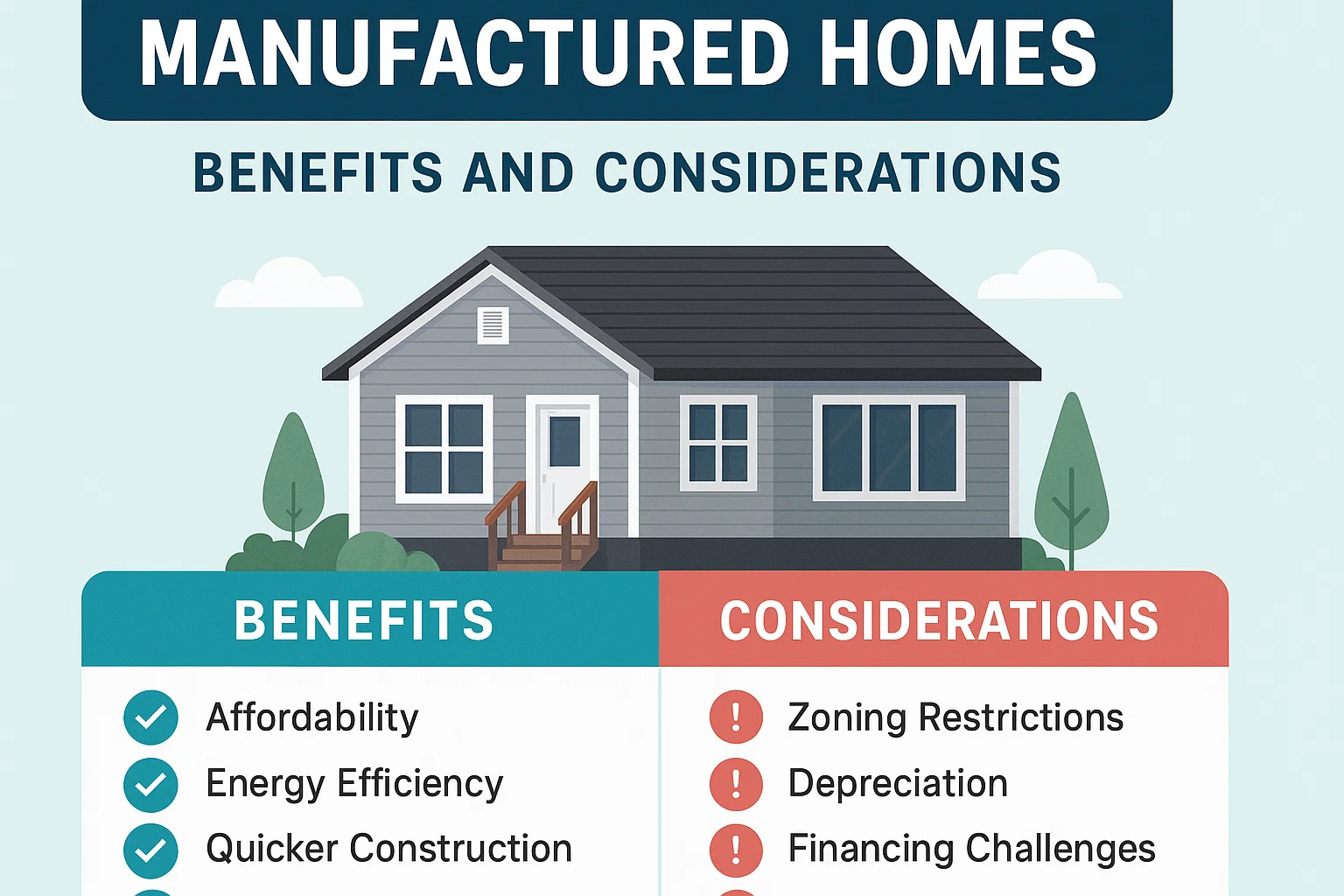
The Modern Guide to Manufactured Homes: Benefits, Considerations, and Key Facts
Homeownership remains a cornerstone of the American dream, offering diverse options to suit every lifestyle and budget. Among these choices, manufactured homes have emerged as a practical and affordable alternative to traditional site-built houses. Ideal for young families or retirees seeking simplicity, these homes combine cost-efficiency with modern living standards.
What Is a Manufactured Home?
Often confused with mobile homes, manufactured homes are distinct in both design and regulation. A manufactured home is defined as a factory-built residence constructed after June 15, 1976, adhering to strict federal standards enforced by the U.S. Department of Housing and Urban Development (HUD). Pre-1976 factory-built homes are classified as mobile homes, which lacked the safety and quality regulations of today’s models.
A Brief History of Prefabricated Housing
Early mobile homes gained popularity in the 1900s as portable housing for workers needing to relocate frequently. These rudimentary structures, resembling campers, were built on steel frames with wheels for easy transport. However, inconsistent quality and safety standards plagued these early designs. Modern manufactured homes, by contrast, prioritize durability, aesthetics, and compliance with federal codes.
Modern Features and Design
Today’s manufactured homes defy outdated stereotypes. Buyers can choose from a variety of floor plans, ranging from compact 500-square-foot units to spacious 2,500-square-foot designs. High-end options may include vaulted ceilings, walk-in closets, gourmet kitchens, and luxury bathrooms. Unlike their predecessors, these homes are designed for permanent placement, requiring careful consideration of location during purchase.
Choosing Your Location
Owners typically place their manufactured home in one of two settings:
- Leased Community Lots: Provides access to shared utilities and amenities but involves monthly fees and community regulations.
- Private Land: Offers greater autonomy and potential property value growth but requires zoning compliance and utility setup.
Purchasing Process
Manufactured homes are commonly sold through retailers, similar to automotive dealerships. Buyers can explore model homes, customize features, and secure financing in a single visit. Retailers often handle delivery and installation. Alternatively, pre-owned options may be listed through real estate platforms or specialized marketplaces.
Financial Considerations
Financing differs from traditional home loans. If the home is not affixed to owned land, buyers typically require a chattel loan, which carries higher interest rates and shorter terms. Land ownership qualifies the purchase for conventional mortgages, though zoning and permit requirements must be verified locally.
Pros and Cons of Manufactured Homes
Advantages
- Faster construction timelines due to controlled factory conditions
- Lower upfront costs compared to site-built homes
- Customizable finishes and layouts
- Compliance with HUD safety standards
Challenges
- Land acquisition or community fees
- Limited financing options and higher loan rates
- Potential stigma from outdated perceptions
- Slower property value appreciation
Final Thoughts
Manufactured homes provide an accessible path to homeownership, blending affordability with contemporary living. While they may not suit every buyer, advancements in quality and design have solidified their place in the housing market. Prospective owners should weigh location, financing, and long-term goals to determine if this option aligns with their needs.
